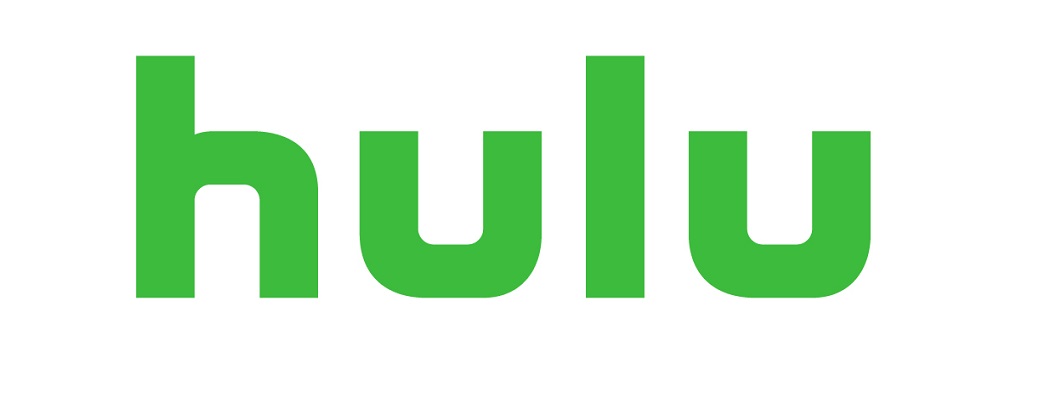TiVo has been a name in the television industry since its iconic DVRs hit the market acting as both a digital recorder and cable box. The company spent years learning how to track user data and habits and gather material in ways that made content discovery easy for users long before smart TV systems and other streaming devices were even thinking of how to address the same issues. So it should not surprise anybody in the industry to see TiVo now looking to jump into the smart TV operating system space, especially considering how important operating systems are becoming as far as power brokers in the TV world.
TiVo began its journey toward becoming a smart TV os with the rollout of the TiVo Stream 4k, an Android-based dongle that runs a TiVo branded launcher on top of Android TV giving users an alternative way to find content via suggestions from TiVo’s algorithms. The product received strong critical reviews but did not impact the already crowded market for streaming devices already occupied by names such as Roku, Amazon Fire TV, and the Google Chromecast. What the 4k Stream did do though was serve as a proof of concept demonstrating how TiVo could leverage its data and particular way of utilizing it in order to create a unique content discovery experience.
In 2023 European manufacturer Vestel powered by TiVo, will launch a new line of TVs featuring a fully integrated TiVo-built OS similar to what was found on the 4k Stream but totally different in that it is built with Linux instead of Android. This means that all of the systems resources are able to be dedicated to the TV itself instead of being split amongst multiple unrelated Android bloatware. The TiVo OS is snappy and leverages years of research into content discovery allowing the TV to gather programming together into categories and suggestions that will be tailored to the needs of its users. One of the most helpful features is a universal playlist where all of a users content can live without the need to explore different apps to get to all of the shows one is watching. Another great feature is that TiVo’s OS creates sections of suggested content broken up into genres but populates them with content from multiple services. For instance, a science fiction row would include content from Netflix and Amazon and other local apps. This builds a streaming environment that treats individual apps more like channels in a traditional TV set-top box setting.
Europe is a fertile market for smart TV OS makers as it has not coalesced around a few big brands. For instance, while Roku and Amazon dominate the US market they are hard to find of the other side of the Atlantic. This means that TiVo is in a position to build a beachhead with Vestel and other TV partners in order to become a household name for TV operating systems.
Tivo will also be building a reference board for OEMs starting in Europe so that others can get in on the action. At the moment there is no information about plans for a US rollout but we will keep our eyes on the story as it develops.






